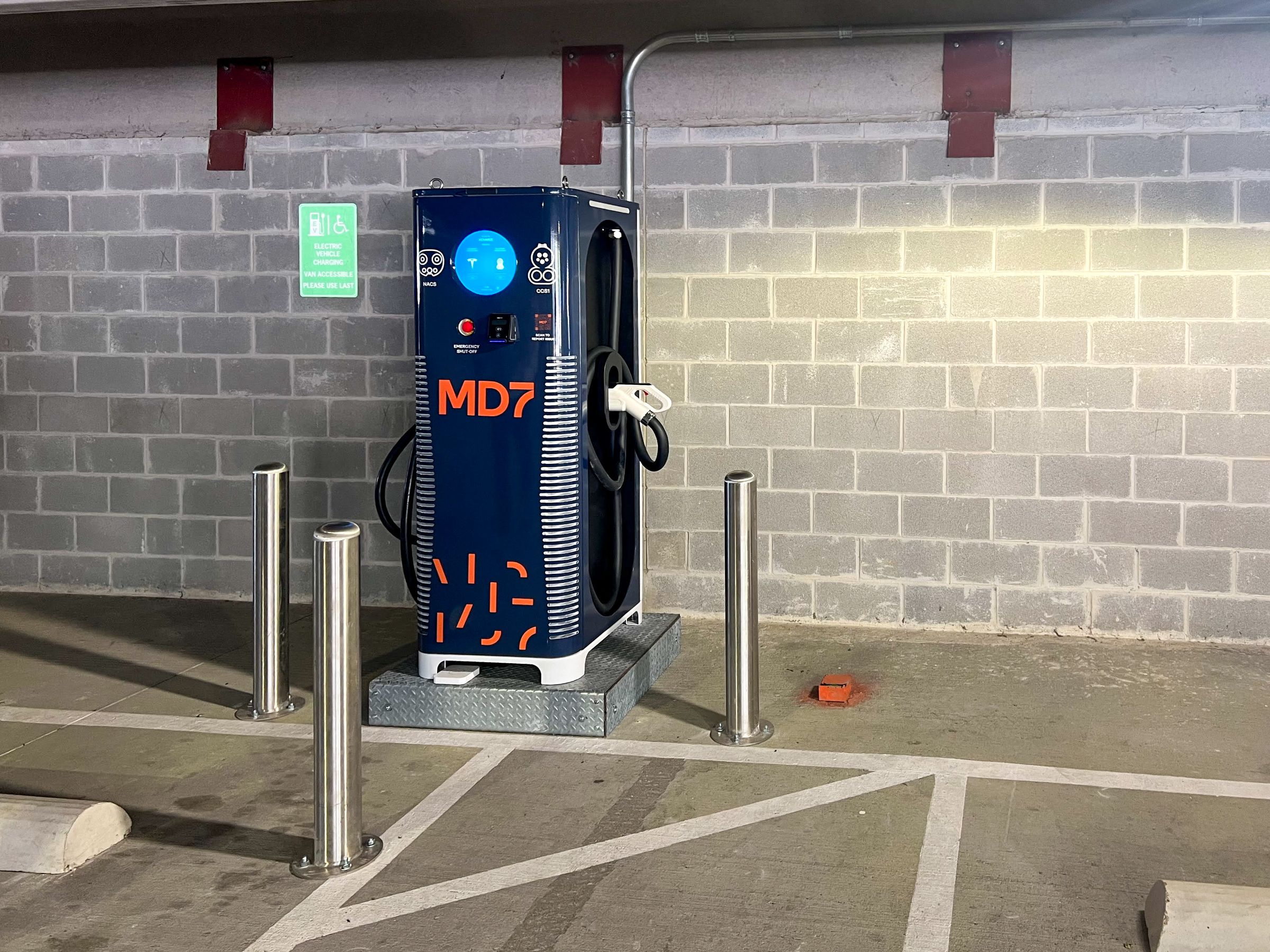Md7 Acquires Lexcom Development – The Lexcom Point of View
By Louis Levy,
Founder of Lexcom Development and now the Vice President of Business Development for Md7
App developers for smartphones and tablets are continuously creating new ways to support and enhance the modern lifestyle. While the penetration rates for mobile phones far exceeds 100% in many nations, the excitement generated by apps are driving the penetration of smartphones to similar heights.
This growth has subsequently also driven the need for continued expansion of the wireless infrastructure. Since the early 90’s, carriers have been aggressively expanding infrastructure to keep up with this insatiable demand for ubiquitous connectivity and unlimited bandwidth. But the latest growth, driven by the exploding demand for data, fueled the need for new better deployment models in the wireless infrastructure arena.
Lexcom Development was founded in 2011 by some industry veterans who realized a simplified but smarter approach to infrastructure deployment was necessary in the 4G world and beyond. We spent a lot of time evaluating and understanding what our customers really wanted and how we could reduce risk and costs without a negatively impacting quality or speed. The very customer-oriented approach that Lexcom pursued was well received and within a few years Lexcom had become one of the leading and largest development firms in the Pacific Northwestern United States.
This growth was exciting but also presented a new challenge – how to scale operations without sacrificing quality, consistency and speed. We knew we could continue to hire and train great people and empower them to be creative, independent thinkers, but as operators began assigning Lexcom more deployment projects we also needed better tools and data management capabilities.
We started evaluating the plethora of off-the-shelf project management programs and also explored developing our own deployment-tracking tool. Out-of-the-box software was expensive, cumbersome and inflexible and we simply did not have the expertise to develop our own alternative in time to meet demand. And anyone who has been in the industry knows, using spreadsheets to track multiple site development projects is a tremendous headache and promotes inconstancy.
Ultimately our search led us to Md7 and their LiveTrack™ site development software.
LiveTrack was originally developed by Md7 to support national lease optimization programs for the major US operators, but had evolved over time to enable Md7 to manage the tens of thousands of concurrent transactions associated with various types of deployment projects nationwide. It was simple, intuitive, and scalable and was developed specifically for the unique, cellular site acquisition work environment. I personally had known Md7’s Founder and CEO, Michael Gianni, for a number of years and our respective teams had worked together on a couple of projects in the PNW region, so trust was already high between our two organizations. After a couple quick demos, Lexcom became a customer of Md7 and deployed LiveTrack on our own internal site deployment projects.
Lexcom saw immediate improvements in team collaboration, data integrity and real-time visibility. We were thrilled with LiveTrack’s performance and continued to collaborate with the Md7 team to expand our use of their system and data integrity team. As our relationship evolved, it soon became evident that we had the making for a great partnership beyond just using their software and data management skills. Our people enjoyed working together, we had similar cultures, and both companies believed the current business environment required site development companies to deploy new and upgraded sites faster and cheaper than it had ever been done. Both companies also maintained unique, fun and motivating work environments, which helped us to recruit the best and brightest people in our industry and provide customers a better service model.
Lexcom and Md7 were committed to developing a new deployment model for the wireless infrastructure industry and we had similar ideas about how to do so – hire good people, treat them well, train them, give them world-class tools to make them more efficient, and trust/empower them to execute. We also saw the need for firms to be able to scale quickly, and provide, self-perform and truly own their deliverable throughout the full site acquisition development lifecycle.
There are lots of firms offering to aggregate development services at a regional or national level but greater than 90% of the critical front-end site development activities are outsourced in these models. While aggregation and simplified reporting is nice, it’s only valuable if it supports the customer’s goal of better, faster, cheaper production. The multiple layers of subcontracted vendors in current deployment models increases transactional complexity and inefficiency, promotes data inconsistency and clouds true ownership of the final deliverable. With a similar vision to build a better solution and perfectly aligned resources to support that vision, it was a no-brainer to combine our teams.
I am confident that Md7’s ability to manage large-scale projects will enable Lexcom to grow our market based operations faster than we could have independently. I am also confident that Lexcom will bring Md7 a clear ability to execute on all phases of turnkey site development necessary to prove a unique and superior customer experience.
As the newest members of the Md7 team, we are excited about the rapidly growing opportunities we face in the second half of 2015.



